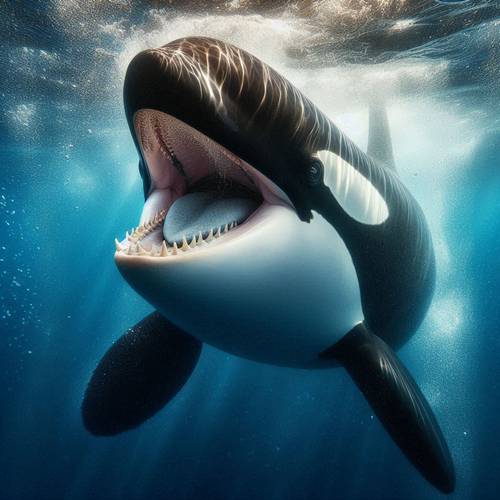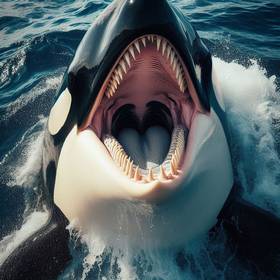Carnivorous Nature
Killer whales, or orcas, are apex predators known for their carnivorous nature. They have a diverse diet that includes fish, marine mammals, and squid. Using their intelligence and teamwork, orcas execute sophisticated hunting strategies, such as coordinated attacks and surprise ambushes, leaving little chance for their prey to escape. Their powerful jaws and sharp teeth allow them to tackle even large animals like seals and other whales, showcasing their dominance in the marine food chain.
Nutritional Needs of Orcas
Orcas have significant nutritional needs, consuming up to 5% of their body weight daily. An adult orca typically eats around 100 to 300 pounds of food per day, depending on their size and activity level. Their diet primarily consists of fish, squid, and marine mammals, providing the essential nutrients and energy they need. Meeting these dietary requirements is crucial for their health, growth, and ability to thrive in diverse marine environments.



